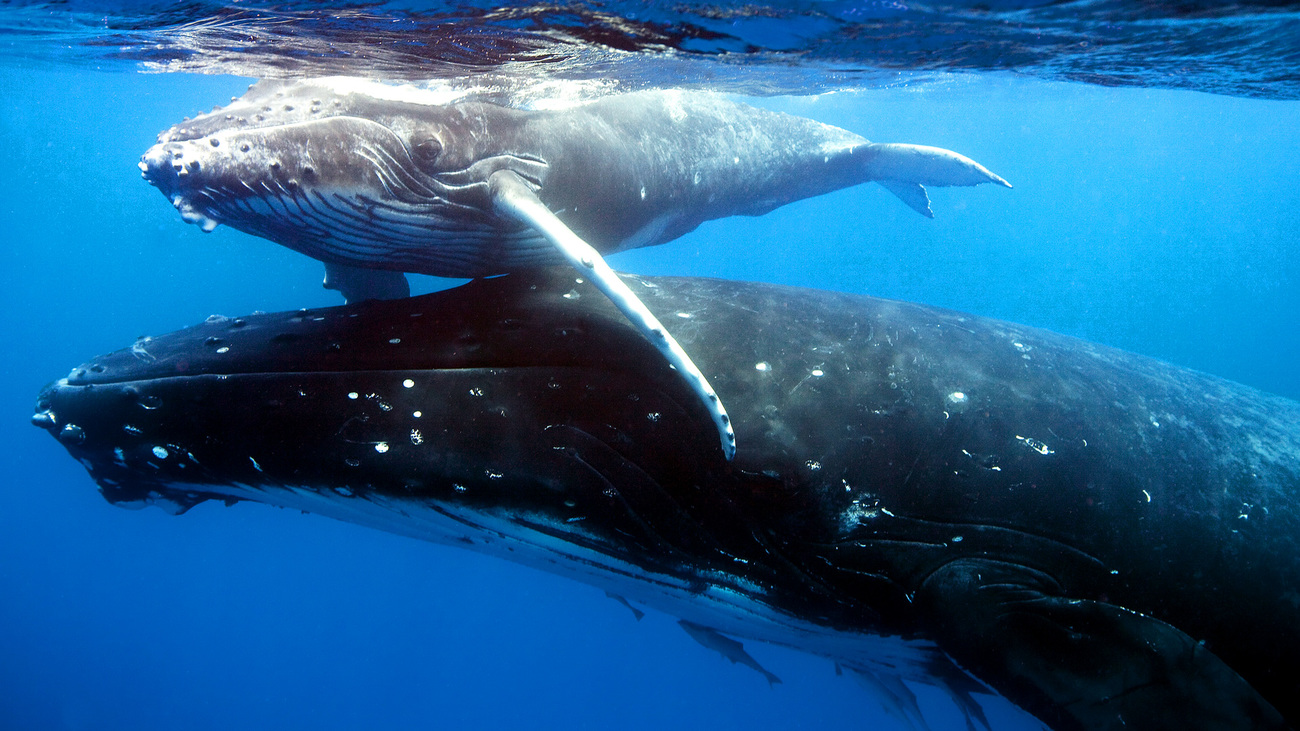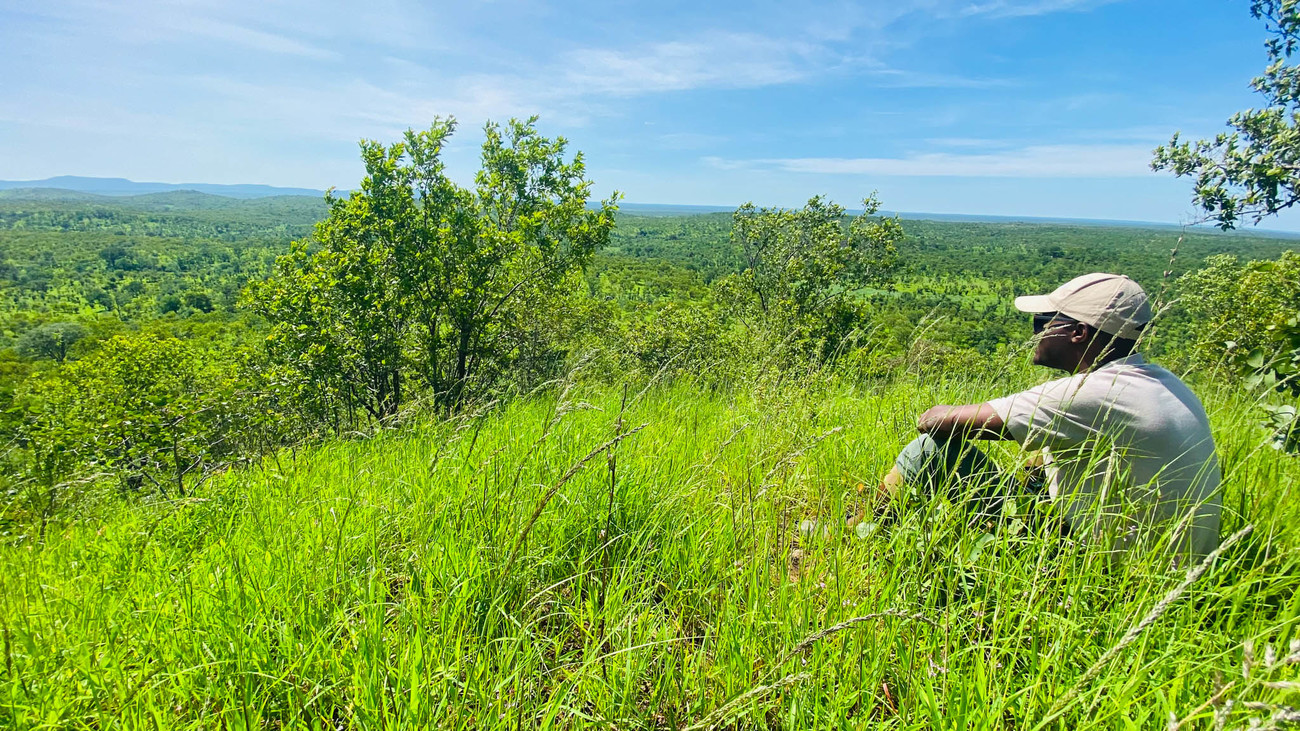Blog
Why we can’t let the North Atlantic right whale go extinct
Read morethe impact of climate change on our planet’s animals

Humans are not the only species impacted by our planet’s climate crisis. The world’s wildlife and habitats will also face profound, sometimes catastrophic, change. Increases in temperature could trigger the collapse of fragile ecosystems and huge waves of extinction. The choices we make today have the power to reduce the suffering of people and animals in the future.
The Earth is now about 1.1°C (2°F) warmer than it was in the 1800s. Based on current projections, global temperatures will rise by 2.7°C (4.8°F) by the end of the century. It’s impossible to predict exactly how long-term shifts in temperatures and weather patterns will affect our planet’s fragile, deeply entwined ecosystems. Changes in one area influence changes in other areas and animals will feel the impact. Some of the biggest climate-driven threats for wildlife include:
Habitat loss: Rising temperatures affect vegetation, food sources, access to water and much more. Ecosystems may become uninhabitable for certain animals, forcing wildlife to migrate outside of their usual patterns in search of food and livable conditions, while causing other animals to die off.
For example, if rates of habitat loss and fragmentation due to human development and global warming continue—combined with deaths from poaching—we could lose Africa’s elephants in the next 40 years.
Natural disasters: Already today we face a five-fold increase, compared to 50 years ago, in climate and weather-related natural disasters such as droughts, wildfires and hurricanes. These disasters cause catastrophic loss of life and habitat for people, pets and wildlife.
Australia’s Black Summer bushfires (2019–20), for example, burned 186,000 square kilometers (72,000 square miles) and are estimated to have killed or displaced three billion koalas, kangaroos and other animals.
Human-wildlife conflict: Climate change intensifies human-wildlife conflict through habitat loss and extreme climate events, forcing people and wildlife to share increasingly crowded spaces. As ecosystems change, people and wildlife roam farther in search of food, water and resources. Human-wildlife conflict often results in devastating impact for the animals affected.
For example, jaguars sometimes prey on domestic animals and disrupt human livelihoods, leading to retaliatory killings that result in the further decline of already-dwindling jaguar populations.
Extinction: The combination of challenges could cause many animals to go extinct. The world’s most vulnerable animals, including those already near extinction, will likely face the biggest threats.
The North Atlantic right whale, for example, teeters on the brink of extinction, with an estimated 336 individual animals remaining, the lowest count in 20 years. A warming ocean, coupled with a failure to decrease conflicts with humans (vessel strikes and entanglement in fishing gear), could drive this species to extinction.

Thankfully, we have a powerful ally in our fight against climate change: animals and the ecosystems they are part of. The United Nations estimates that healthy ecosystems could account for 37% of the carbon reductions needed to limit global temperature rise.
Healthy ecosystems with abundant plants and trees absorb carbon from the atmosphere and store it. So, preserving or restoring nature is a powerful tool in the race to stop climate change. Healthy ecosystems also filter water, buffer against flooding, reduce the impact of disasters, improve soil health and support rich biodiversity. Keystone species and nearly all animals play vital, sometimes invisible, roles in securing biodiversity and conserving habitats.
For example, whales play a significant role in supporting healthy marine ecosystems. Whale poop provides nutrients to phytoplankton. Like plants, phytoplankton capture large amounts of CO2 and convert it to energy, removing carbon from the atmosphere. When phytoplankton are eaten by other marine animals, such as whales, the carbon continues to pass through the food web, remaining out of the atmosphere and not contributing to global warming.
Elephants play important roles in engineering healthy ecosystems that in turn absorb CO2 and keep it out of the atmosphere. Elephants disperse seeds, fertilize soil, dig wells, create trails for other animals and clear space that encourages new plant growth.
Pangolins eat ants and termites, keeping those populations regulated, and excavate dens that are used by other animals, both of which are essential in the ecosystems where pangolins live.
Many other animals play equally important roles in the ecosystems where they live.

Protecting biodiversity is vital in our shared fight against climate change. IFAW’s work focuses on shaping a future where both people and animals thrive together in the places they call home. We are working in more than 40 countries around the world across seas and oceans. We partner with local communities, governments, non-governmental organisations and businesses. Together, we pioneer new and innovative ways to help all species flourish.
You can help
Making a difference starts with taking action. Sign our petitions and make your voice heard for the animals that need you most.
Every problem has a solution, every solution needs support.
The problems we face are urgent, complicated, and resistant to change. Real solutions demand creativity, hard work and involvement from people like you.
Unfortunately, the browser you use is outdated and does not allow you to display the site correctly. Please install any of the modern browsers, for example:
Google Chrome Firefox Safari